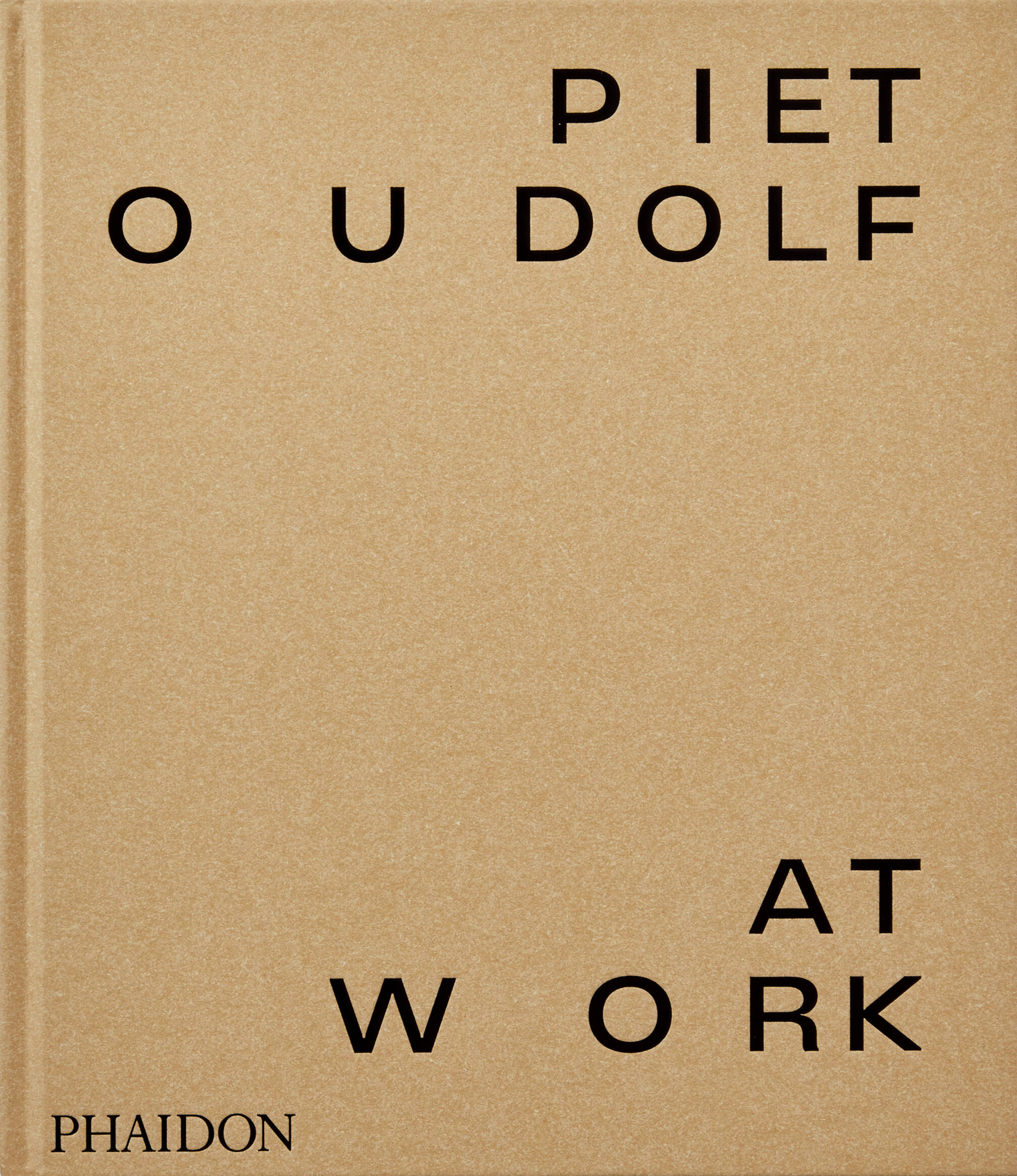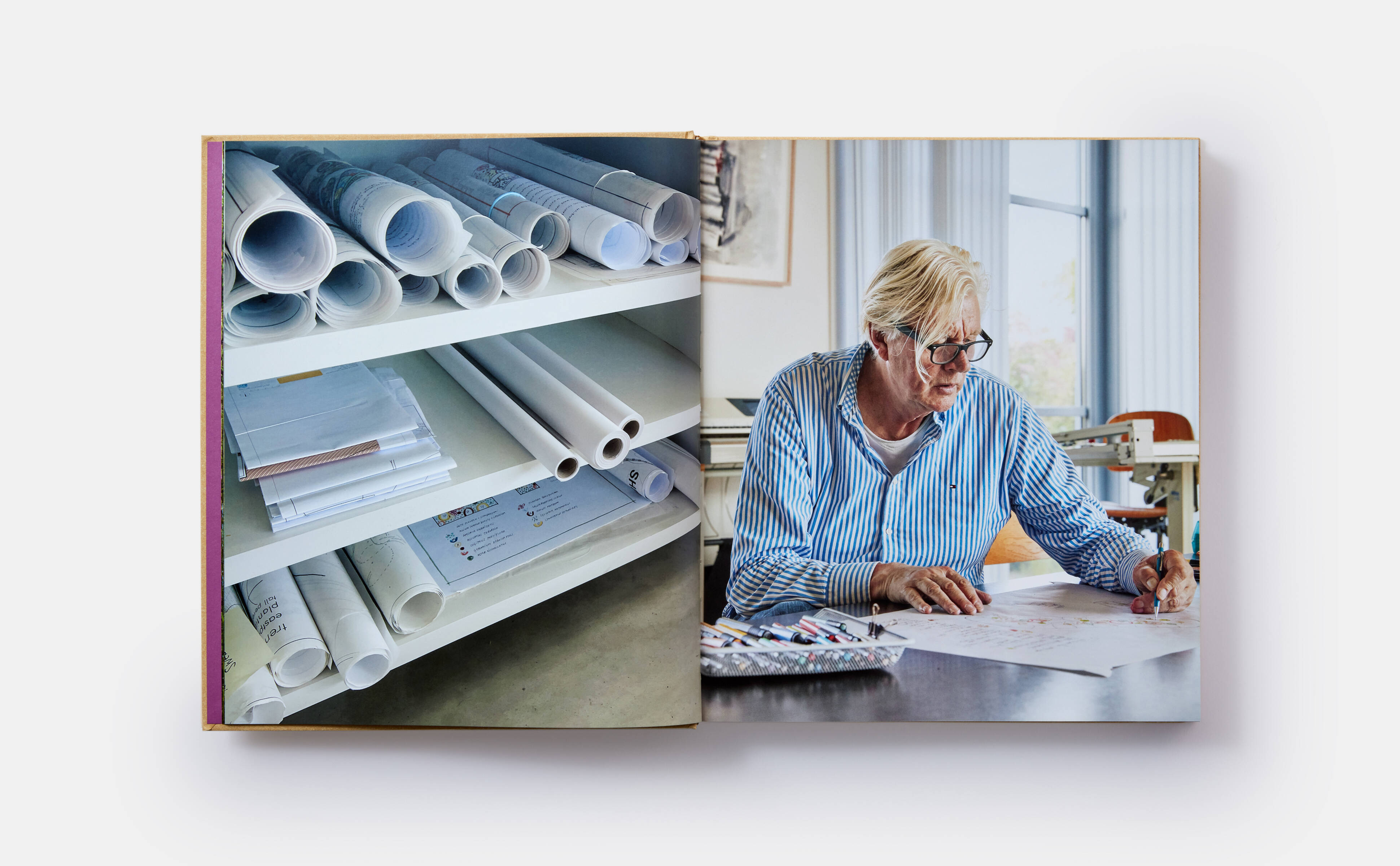
Garden star Piet Oudolf tells us about 'seasonal emotionalism', how to coax 36,000 plants into life, and why you shouldn’t call him an artist (although he definitely is)
In the first part of our interview with the Dutch garden design legend he describes his incredible journey from selling Christmas trees to receiving international gallery commissions, all of which bloom brightly in his new Phaidon book
You could say Piet Oudolf is a late bloomer. At the age of 78, this Dutch garden designer is widely regarded as one of the most important figures within contemporary horticulture. Over the past few years, his work on the High Line in New York, at Hauser & Wirth’s gallery in Somerset, beside the Vitra Design Museum in Germany and at his own garden in Hummelo, in the Netherlands, has demonstrated how Oudolf has combined the wild, multi seasonal glory of prairies and meadows, with meticulous, grid-led precision planting, to create gardens that are dream-like, detailed, naturalistic and ever-changing.
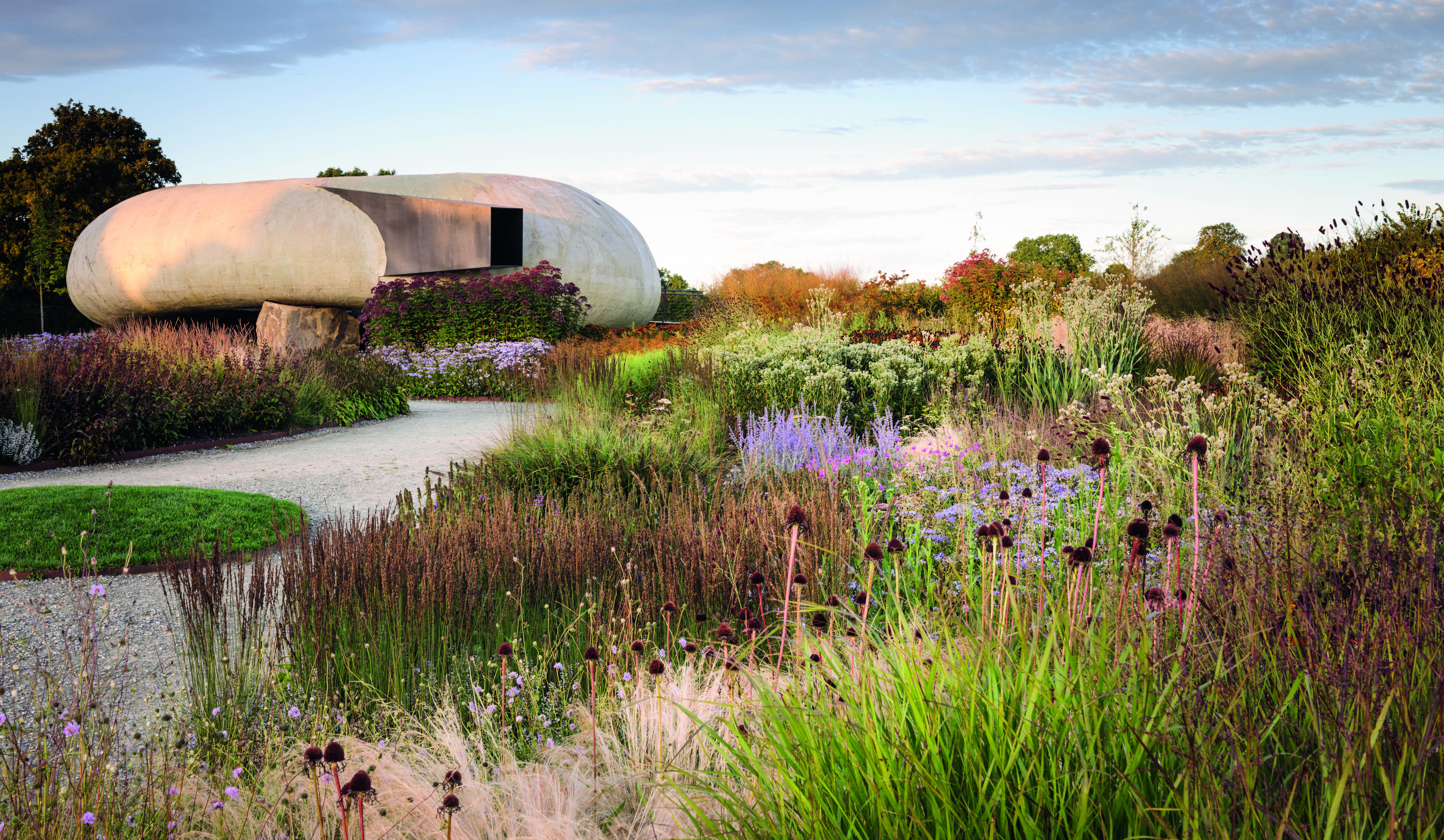
Oudolf Field at Hauser & Wirth Somerset, Durslade Farm, Somerset, UK, 2012-14. Picture credit: © Jason Ingram
Yet, to say Oudolf’s creative life has only just come into flower is to both misunderstand his horticultural style, and his career to date. In his new book, Piet Oudolf at Work, readers can fully appreciate why Oudolf ignores a cultivar’s brief moment of blooming, to see a plant’s beauty in a more rounded sense, prizing buds and seed pods as much as petals. The book also describes Oudolf’s decades-long career, which began with him selling Christmas trees at a Dutch garden centre, and now sees him enjoying international acclaim. Oudolf has always applied deep intelligence, great planning, and careful consideration to his projects, season-by-season, in a remarkably consistent manner.
Ahead of his new book’s publication, Oudolf tells us why he’s wary of being called an artist, why he shies away from fashion, and what one quality he prizes above all others when setting out on a new project.
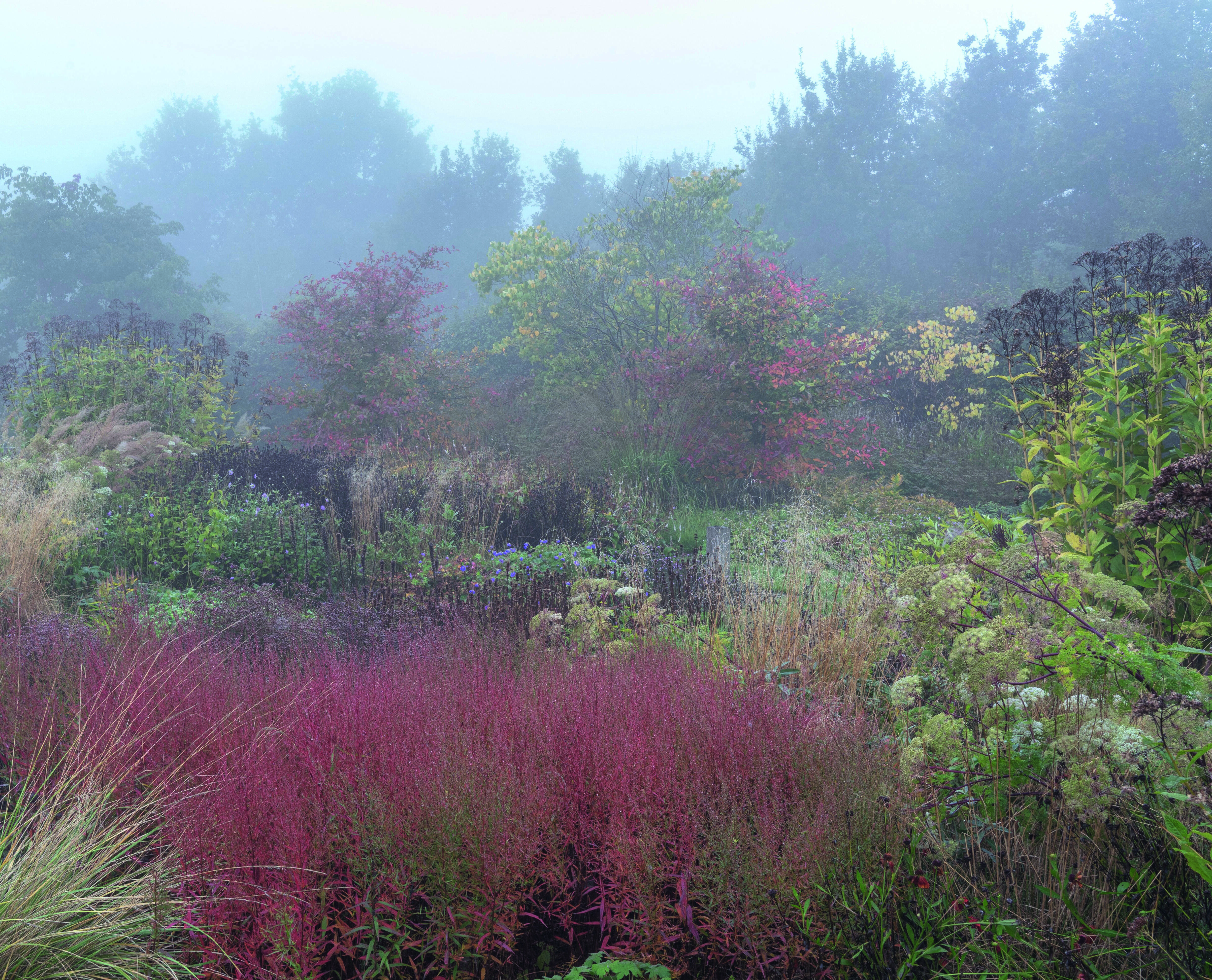
De Vlinderhof, Máximapark, Utrecht, Netherlands, 2013-14. Picture credit: © Edwin Barendrecht
How do you view what you do? I have my own style; I develop my own ideas about plants and gardens and how to put them together, and I’ve created my own signature over the years. It’s more about doing what you think is nice for you, and for the client, and what you think is the best for the garden and for the future of that garden. I don’t think about anything else.
Garden fashion comes and goes, do clients ever come to you for something ‘in vogue’? They know my work, so in general people come to me because they know and like my work. I’m not a fashionista in that sense. Plantings are too complex to keep fashion in mind when you start to design. It’s not about this colour is in this year and next year it will be a different colour. I cannot work like that. I work from my own intuition with all the information, and I do what I think suits the client best. The colour might be an issue but not really for me.
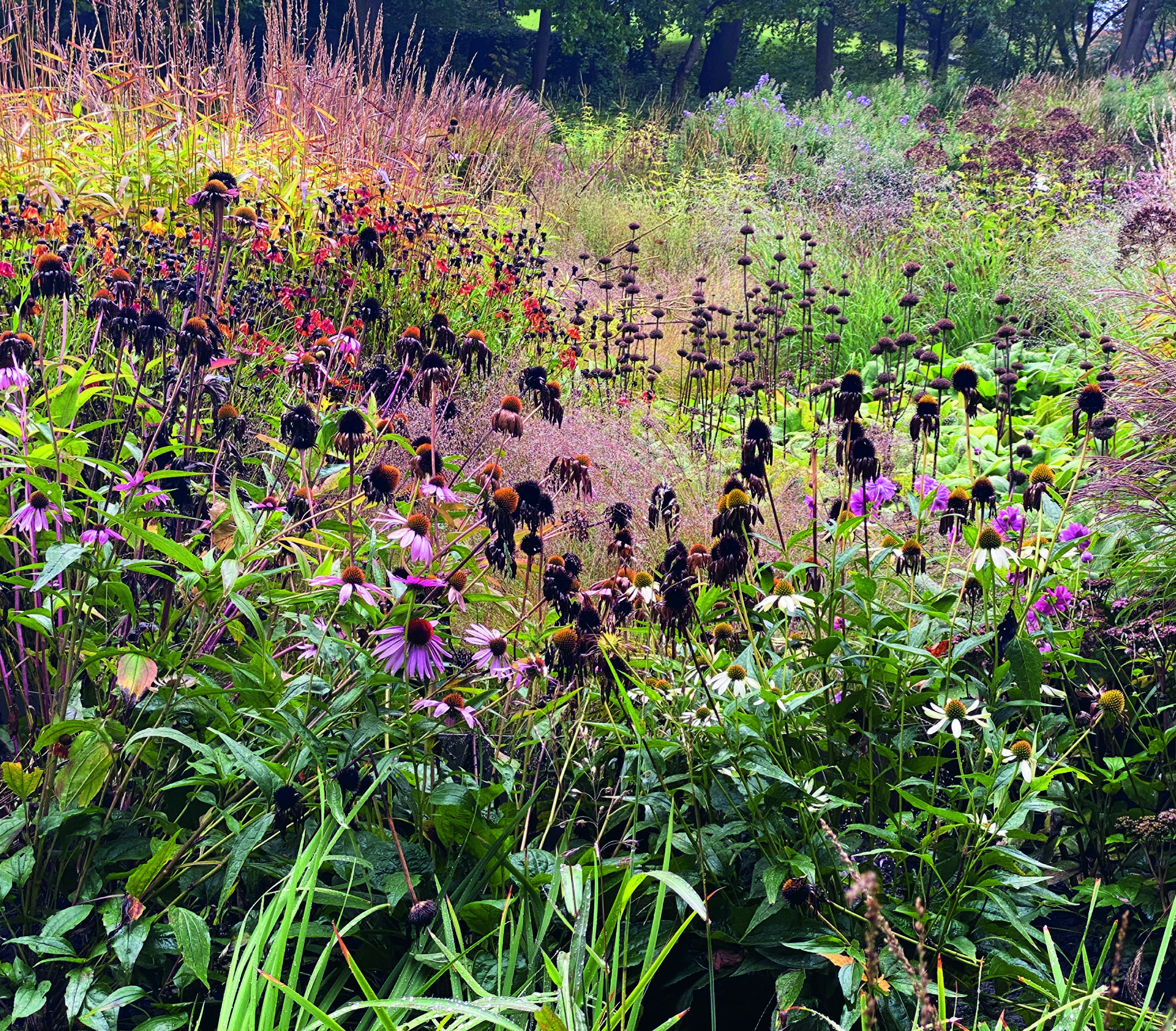
Maximilian Park, Hamm, Germany, 2011 (original plantings) - 2018 (long border added). Picture credit: courtesy and © Piet Oudolf
You’re known for your species-rich works, sometimes numbering 200 varieties across 36,000 plants. How do you control projects on such a gigantic scale? I know my own limits! Those limits are more in terms of scale, not what I try to achieve. You can be simple, or you can be more complex – that’s all in the commission; all of these things are a part of what point I start from and what I do. At the end of the day, it’s all about the people who take care of it. It needs a good staff, it needs knowledge. And it has to be on a certain scale to make it a success.
Has your methodology changed over the years? The easiest way to do what I do is to put your grid on the ground at the real size. That’s what mural painters do too. You have to mark the ground to know that you can still stay in line with your drawing. I learned that quite early. When you have a small private garden commission when you set it out and you have a drawing you know exactly where you are. As long as you stay straight, no curved lines, you can just put it down with a measuring tape. But as soon as the curves appear, and your soil is moving you have to do it a different way. My plan is one to a hundred–every centimetre is a metre on my drawing.
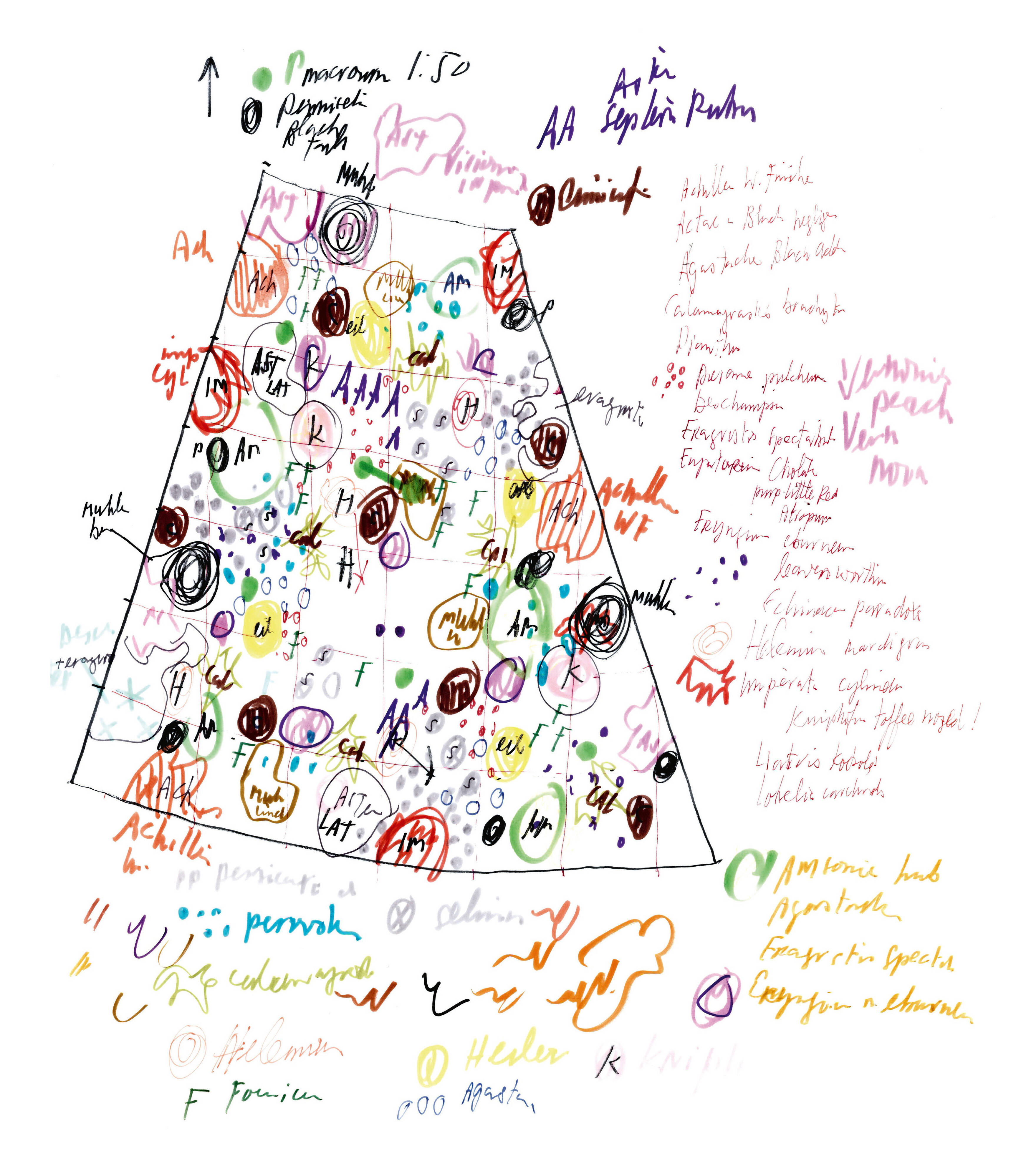
Garden at Japan Garden & Flower Show, (Temporary Installation), ‘Huis ten Bosch’ Theme Park, Nagasaki, Japan, 2015. Picture credit: courtesy and © Piet Oudolf
Your hand-drawn designs often end up on gallery walls as artworks in their own right, how do you view them? They are practical for me, and all their colours show how I divide the plants where the groupings are, the balance between the groups and the balance between the different species and varieties. So, for me it’s an overview of how I put the plants together. It's much easier than black and white. If you put only names on a plan, you lose the overview. And because it’s rather complex you have to see what you’re putting down. If you’re putting a yellow here, you may want grade it over a spacious area. Your plan may be about repetition, about the balance between the groups, about spring flowering plants and mid-summer flowering plants. So colour is essential because my work became so large and using symbols would not work for me. So I hand draw them. It’s visual and I have an overview, I can leave it alone for a while and then can come back and see everything.
Have you learned that there are things you can do in planting to prick people’s attention, or to evoke a certain emotion, like certain chord patterns do in music? In general, for a year-round garden, what I do has its seasonal emotions. But it’s not only the garden, it can also be the weather, it could be the wind, it could be the sun, it could be the dawn. There is so much going on in gardens that it's hard to avoid emotion! I want people to feel that it’s special. That it creates more than a good feeling, something they can’t understand but only feel. And that happens, you know, and when it happens it gives you the feeling that what you do, you do for a purpose. A lot of people come up to me and tell me what they like about the designs. Not all of them are artists or architects - they might just love to plant! Gardens are so fascinating. Sometimes it can be not only about the garden, it can be about the plants, it can be about the situation, it can also be about the whole atmosphere when you walk into them. It’s hard to say why a garden works.
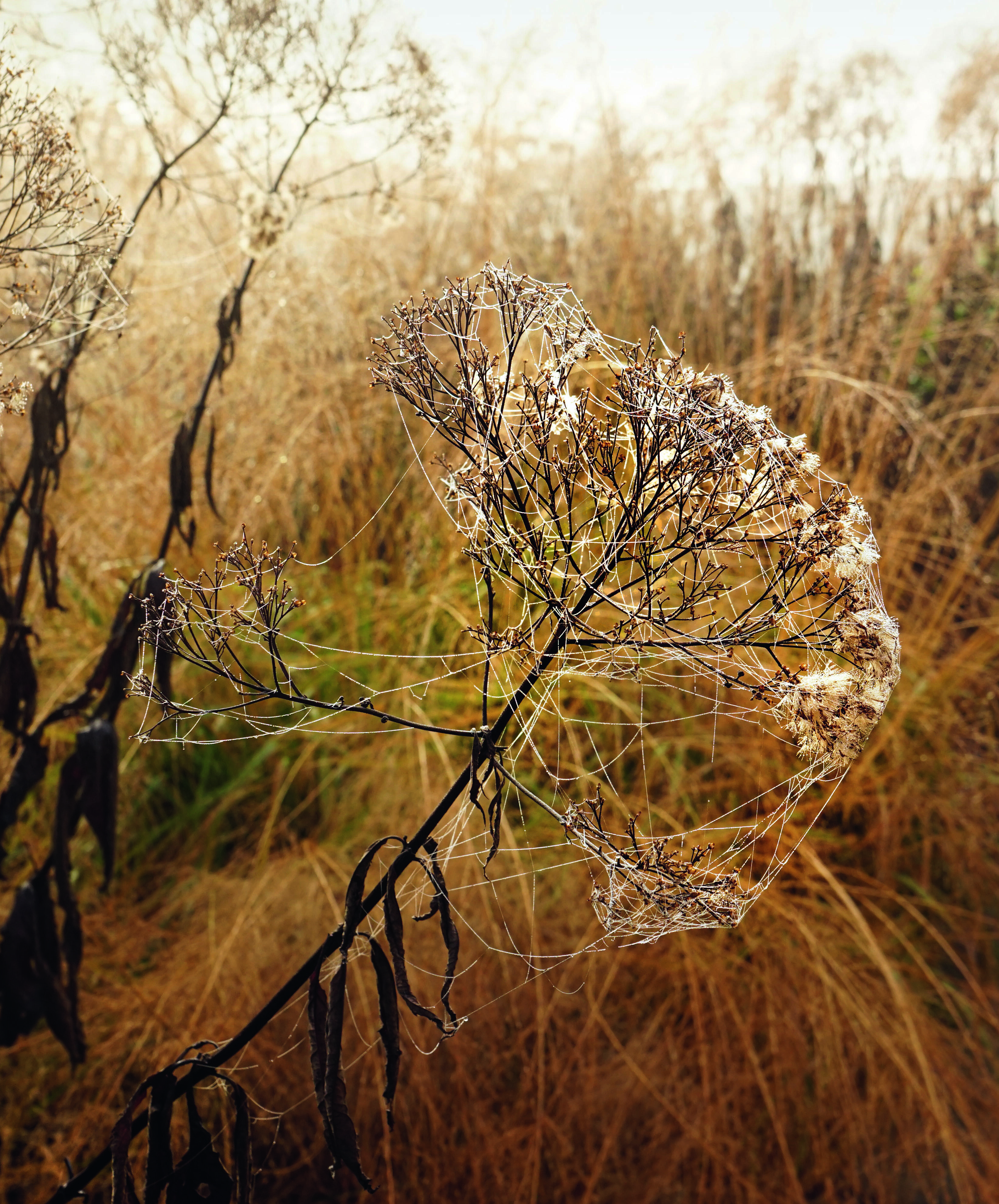
Hummelo, Gelderland, Netherlands, 1982-. Picture credit: courtesy and © Piet Oudolf
Tell us about the making of the book, how was the process for you? We created a narrative around how the book would look and then the first design was made and then the first graphical approach. I could be fairly strong in what I liked and didn’t like! I’m very happy with it. The making of the book was not only down to me. It’s the whole Phaidon crew. A lot of the pictures I took myself. We had some great gardens, we could bring in what was important, and we made the book very readable, so it's easy to understand how my design process works.
With artists, curators and garden experts contributing, there are so many points of entry, for a casual reader as well as a committed gardener, aren’t there? I think so. You don’t need to be a gardener to like the book, you can just be interested in garden art. But a real gardener can not only see the process, but they can take inspiration from it and use that in their own gardens. The book is also very handy for a lot of people to see what they can do with their own garden.
What did working in a garden centre as a Christmas job teach you that you still keep in mind today? That you need a starting point; and it doesn’t matter where it is. I was just looking for another kind of career, and that was my starting point. I went from selling Christmas trees, into the nursery to help them there, and from there I went to a contractor who worked with a really good landscape company where I learnt about a lot of plants and how to maintain fairly eclectic work. Then I went to school for four years and got my licence so I could start working for myself. When you start as a gardener you never dream of a day when people refer to you as an artist. Nowadays I’m more used to the term. I’m very careful about calling myself an artist. There are too many artists already!
Take a look Piet Oudolf at Work in the store, here and look out for the next part of our interview with Piet Oudolf in the coming days.
